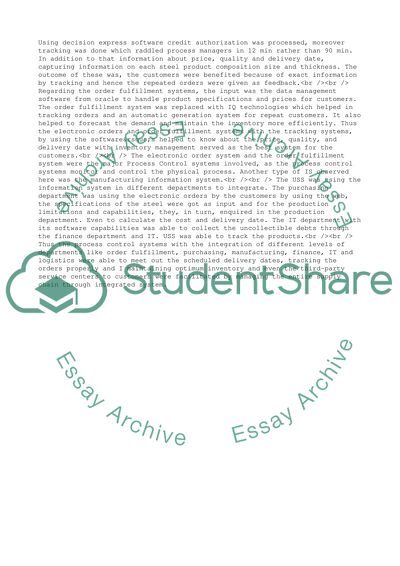Cite this document
(Organisational Information Systems Case Study Example | Topics and Well Written Essays - 1500 words, n.d.)
Organisational Information Systems Case Study Example | Topics and Well Written Essays - 1500 words. Retrieved from https://studentshare.org/business/1711730-organisational-information-systems
Organisational Information Systems Case Study Example | Topics and Well Written Essays - 1500 words. Retrieved from https://studentshare.org/business/1711730-organisational-information-systems
(Organisational Information Systems Case Study Example | Topics and Well Written Essays - 1500 Words)
Organisational Information Systems Case Study Example | Topics and Well Written Essays - 1500 Words. https://studentshare.org/business/1711730-organisational-information-systems.
Organisational Information Systems Case Study Example | Topics and Well Written Essays - 1500 Words. https://studentshare.org/business/1711730-organisational-information-systems.
“Organisational Information Systems Case Study Example | Topics and Well Written Essays - 1500 Words”. https://studentshare.org/business/1711730-organisational-information-systems.


